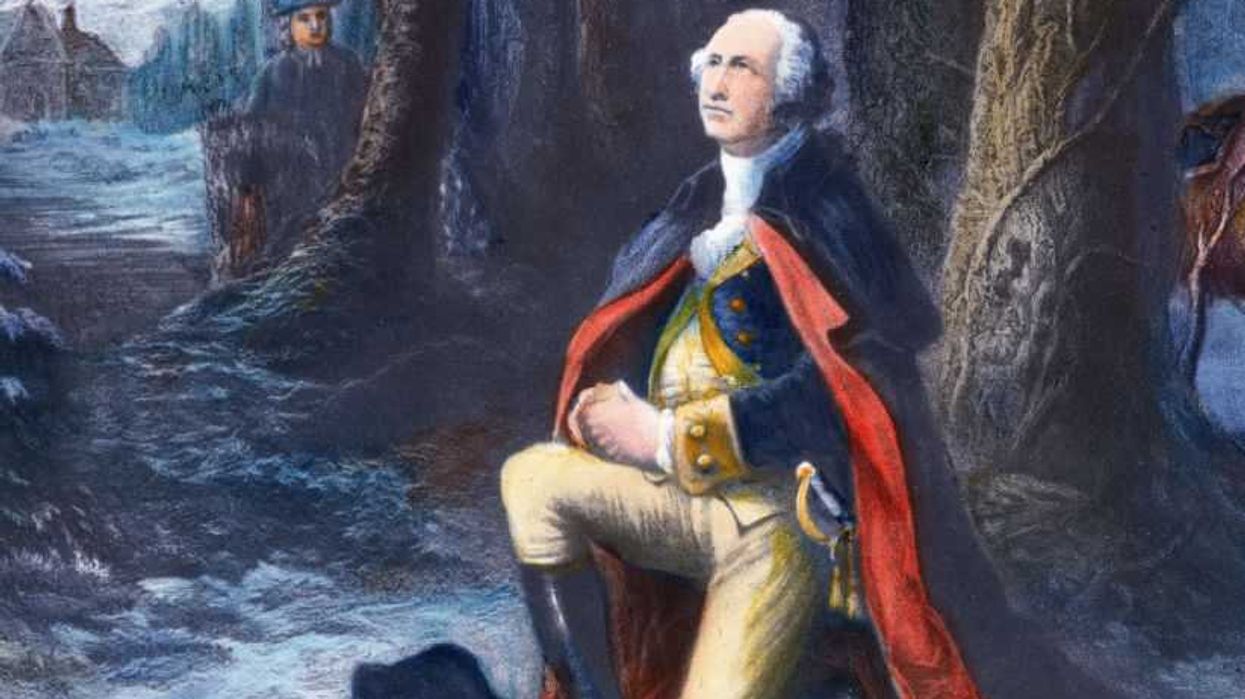The Supreme Court is taking an unprecedented step toward greater accessibility this month. Beginning May 4, the Court has been livestreaming its oral arguments (all of which will take place over the telephone). Finally, millions of Americans will be given insight into the Court's deliberations. If all goes well, when the Court meets in person once again, it should go one step further — by allowing its proceedings to be recorded and televised. Taking such a step will allow for a better-informed public, and more transparency will strengthen the Court's legitimacy.
Cameras have been banned in the Supreme Court since 1946, and the prospect of their introduction has usually been met with distaste by the justices. For instance, Justice Souter once famously remarked that TV cameras would have to be rolled into the Court "over his dead body." But the actual threat to the sanctity of the judicial process that TV cameras pose has been greatly exaggerated.
...the actual threat to the sanctity of the judicial process that TV cameras pose has been greatly exaggerated.
One of the biggest arguments put forward by opponents of televised proceedings is that cameras will cause questioning during oral arguments to devolve into the sort of show trial many congressional hearings turn into, complete with grandstanding, quips and pithy one-liners. But the introduction of television cameras into the courtroom wouldn't change the way the justices act.
It's not as though the justices have ever really shied away from grandstanding, quips and pithy one-liners. For instance, during oral arguments for Minnesota Voters Alliance v. Mansky, Justice Alito gave an attorney arguing to uphold a ban on political attire in voting stations a roasting that would put even the most sharp-tongued congressperson to shame, and on the liberal side of the bench, Justice Sotomayor is known for her own aggressive style of questioning.
But unlike members of Congress, the justices aren't up for reelection. They don't need to toe a party line, come up with sound bites off of which to fundraise, or worry about getting primaried. This is by design, and in Federalist No. 78, Alexander Hamilton remarked how such lifetime appointments, on the condition of good behavior, were necessary "to secure a steady, upright, and impartial administration of the laws." The introduction of TV cameras wouldn't destroy this carefully-crafted separation of powers, nor would it compel the Court to act more like a legislative body attuned to ever-shifting public opinion.
It's not like the justice's questions aren't available to the public, anyway. Provided they get in line soon enough, visitors are allowed to view oral arguments, and audio recordings have been accessible online since 1999. The justices already know that they're being recorded, and the mere addition of a visual component does nothing to change that.
Televised oral arguments will lead to a more-informed public.
Televised oral arguments will lead to a more-informed public. Even today, many members of the public, for example, don't know that Citizens United was a First Amendment case and think you can't say fire in a crowded theater. Stripped of the complex constitutional and legal issues at stake in the cases, people root for substantive outcomes based on their political inclinations and believe that the justices basically act as a glorified legislature.
Televised proceedings will expose more Americans to issues of precedent and legal philosophy and better demonstrate the functional differences between the legislative and judicial departments. While this of course could be done through one's own reading or listening to the audio recordings, most Americans clearly have a preference for television. Indeed, in 2018, Nielsen found that the average American adult watches six hours of video per day, whereas the average adult only spends less than half an hour reading per day.
However, when it comes to educating the public, greater media exposure can cut both ways. As pointed out by the late Justice Scalia, once media outlets get their hands on visual recordings of the justices, they are free to run them through the spin machine, taking quotes out of context and reducing entire opinions to 15-second snippets. This would be a good point if this weren't already the status quo. Media personalities already reduce entire opinions to a few sentences and use bad-faith arguments to admonish justices for decisions with which they disagree.
All else being equal, video recording of Court proceedings would be worth it, even for those few diligent citizens.
At the end of the day, giving the media actual video to work with won't make much of a difference. And even Scalia recognized that there will be some Americans willing to sit through and watch proceedings "gavel to gavel." All else being equal, video recording of Court proceedings would be worth it, even for those few diligent citizens.
Finally, allowing video cameras in federal courtrooms is not without precedent. Television cameras are ubiquitous in state supreme courts across the country. According to a report by the Federal Judicial Center (FJC) on a pilot program allowing cameras in federal district courts in the 1990s, the presence of cameras did not affect the behavior of judges, lawyers, witnesses, or jurors. The Covid-19 pandemic now provides the Supreme Court with an opportunity to see if this holds true at the highest level.
History is made every time the Supreme Court comes into session. Americans deserve to see it happen.

 Harold M. Lambert / Contributor | Getty Images
Harold M. Lambert / Contributor | Getty Images
 Adam Gray / Stringer | Getty Images
Adam Gray / Stringer | Getty Images Anadolu / Contributor | Getty Images
Anadolu / Contributor | Getty Images Brandon Bell / Staff | Getty Images
Brandon Bell / Staff | Getty Images